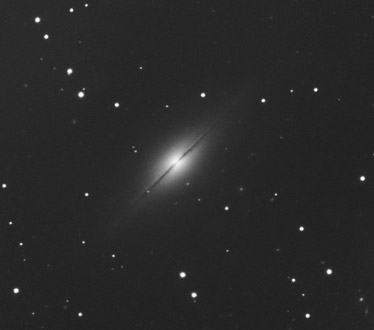I found this article this morning, about some scientists who suggest that the universe is laid out in a fractal pattern... which is pretty hectic. Of course this challenges the current "big bang" theory, so "Many cosmologists find fault with their analysis, largely because a fractal matter distribution out to such huge scales undermines the standard model of cosmology", even though "Nearly all physicists agree that on relatively small scales the distribution is fractal-like" - what amuses me is how religious people are mocked for, and accused of, holding onto their beliefs and disregarding "scientific evidence", yet it seems the same thing's happening here? Who cares if it goes against the standard model of cosmology... investigate, and update - isn't that what science is meant to be about?
The problem, however, is that "According to the accepted story of cosmic evolution, there simply hasn't been enough time since the big bang nearly 14 billion years ago for gravity to build up such large structures" - unlucky.
I decided to do a bit more looking into this theory, and found out that it was presented to the Manchester Astronomical Society way back in in September 2002! There's an online version of the slide, with more information on this theory, over at http://www.fractaluniverse.org - "The universe consists of a series of spiral bodies of diminishing size, each made in turn by plasma ejection and moulded by a spatial Coriolis effect: a rotating fractal universe".
Why does the pattern of galaxy super-clusters in space show fractal features?
Why do galaxies occur in clusters and chains?
Why are there spirals in sizes from superclusters, galaxies, through quasars, down to meteors?
Why do they often resemble hurricanes in shape?
Why do these spirals, even down to meteors, spit out jets of plasma?
Why do they radiate wide-spectrum electromagnetic energy?
Why do many spirals e.g NGC 7814 (see pic) resemble high-voltage arcs?
Why are some plasma jets periodic?
Why does the centre of our galaxy resemble a dynamo?
Why are the largest craters on planets and moons at or near the poles?
Apparently Benoit Mandelbrot (the "father of fractal geometry") said in 1977 that the distribution of galaxies in space shows a fractal pattern, which "images from the best telescopes, equipped with CCD cameras and backed by digital processing, now show enough detail to add support to his observation".
